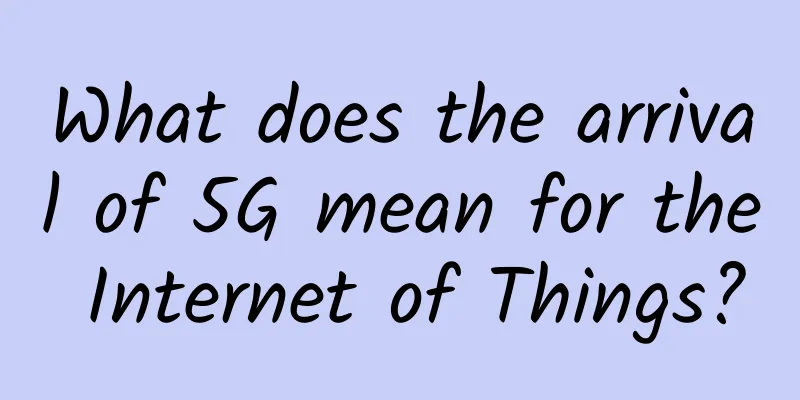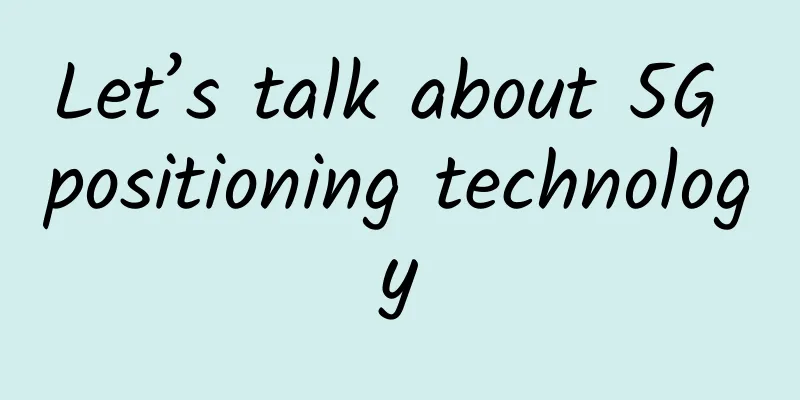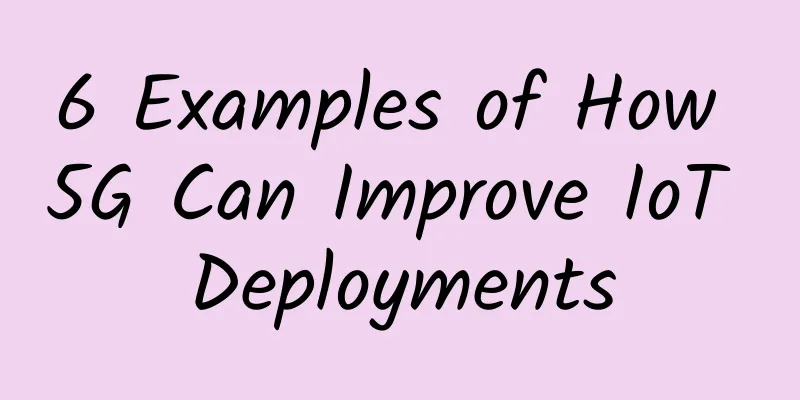What does the arrival of 5G mean for the Internet of Things?

|
In today’s fast-paced, hyper-connected and tech-enabled era, we have all witnessed the invention and disruption of multiple new technologies, the entire tech-enabled ecosystem, bringing transformation to the entire field. Back in 2009, when 4G technology emerged, it brought a wave of new Internet experiences to the masses, which were driven by high speed and powerful connectivity. Now, the industry is certainly waiting for more with the launch of 5G or fifth generation wireless communications set to roll out in 2020. Among many other areas of technology, the Internet of Things (IoT) will undergo some huge transformations, primarily in the form of increased efficiency in all communications between sensors/devices and enterprise applications.
IoT is nothing but a growing network of physical devices that can easily connect to the internet and each other, with the ability to collect and share large amounts of information/data. These devices are the next generation of smart devices and require the support of efficient networks to realize their full potential. Interestingly, Bain & Company predicts that the B2B IoT market will exceed $300 billion by 2020. The arrival of 5G technology will bring exceptionally fast speeds, unparalleled connectivity, ultra-low latency (targeting less than 1 millisecond), ubiquitous coverage, and other significant benefits that will make IoT far superior and more effective than it is now. By integrating with this intelligent next-generation network, IoT devices can now be more efficient, thereby providing a superior experience. Device-to-device communication will become a smooth reality, and computing power may merge with communications everywhere. Existing applications, products, and features will be enriched and enhanced, and one may also see the origins of various new IoT use cases that were not possible with 4G. Another groundbreaking benefit of using 5G is the speed of data transmission. Today’s large businesses rely on large amounts of data that need to be shared or transmitted quickly to operate effectively. Currently, most IoT applications rely on 4G networks to transmit data, which takes a long time to process due to relatively slow speeds. However, with the amount of data increasing every day, businesses have begun to demand better connectivity, which 5G promises to provide. By transmitting data ten times faster than the existing 4G network, it will enable businesses to make decisions faster and more efficiently. Also, due to the very high speeds at which data is transmitted, existing latency issues will be resolved and it is expected that businesses will start deploying more of these connected devices. This means that we will see a surge in the number of devices used. Interestingly, the number of connected devices is expected to exceed 30 billion by 2020, while BI Intelligence estimates suggest that 22.5 billion IoT devices will be installed worldwide by 2021. Delving deeper into the impact of this revolutionary network on the Internet of Things, all devices built with sensors will be able to communicate and respond faster. For example, driverless cars have built-in cameras and sensors required to communicate with GPS and other sources, and therefore rely on large amounts of real-time data. In this context, the implementation of 5G technology could be a boon. The telecommunications industry will also gain greatly as 5G networks will support the massive growth in wireless communications enabled by the Internet of Things. The mobile phone as a platform will be further strengthened, and the flexibility and scalability of existing mobile networks will be greatly improved. According to Machina Research, IoT will account for a quarter of the 41 million 5G connections worldwide in 2024. However, for these next-generation 5G networks to make greater changes to the business community and the entire ecosystem, a strong strategy needs to be adopted to fully exploit the next wave of disruption. One can think of this as an investment that can bring greater breakthroughs and more efficient results over time. |
>>: Internet of Things Development Trend 4 (2019)
Recommend
DesiVPS: $15/year-1GB/15G NVMe/1.5TB@10Gbps/San Jose data center
DesiVPS continues the Black Friday promotion in D...
Ministry of Industry and Information Technology: Plans to build 600,000 new 5G base stations in 2021
On January 26, the State Council Information Offi...
Why does the TCP protocol have a sticky packet problem?
The TCP/IP protocol suite establishes a conceptua...
What is number portability? What are the benefits? Is it necessary to port your number?
These days, the topic of "number portability...
Home Broadband IPv6 Address Allocation Revealed
Part 01 Background In 2021, the Ministry of Indus...
Let's talk about 11 main neural network structures
With the rapid development of deep learning, a wh...
SPI subsystem SPI spec
1.SPI hardware SPI: Serial Peripheral Interface, ...
What is the significance of “number portability”?
For domestic users, "number portability"...
KVMLA 11th Anniversary: Japan/Singapore E3 dedicated server special price 280 yuan/month, VPS host 35 yuan/month
KVMLA is a well-established Chinese hosting compa...
Why are there IPv4 and IPv6, but no IPv5? What is IPv10?
As the country vigorously promotes the developmen...
Friendhosting New Year Sale 25% off all VPS/virtual hosts, VPS half-year payment starts from 12 euros
Friendhosting has launched a promotion titled New...
F5 focuses on application security architecture and promotes new security strategies of north-south stratification and east-west precision division
[Original article from 51CTO.com] On February 20,...
How does SD-WAN compare to VPN?
When enterprises compare SD-WAN vs. VPN services,...
Let's talk about IPv4 to IPv6 tunnel
[[273990]] When is IPv6 tunneling used? Connect t...
Are we technologically ready for the coming era of high-definition video?
[51CTO.com original article] Almost no one doubts...









